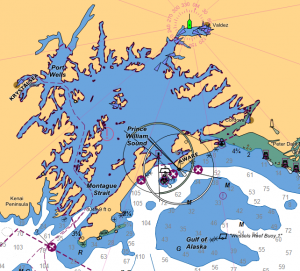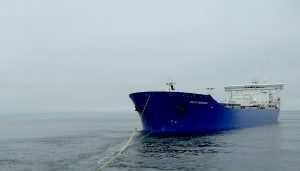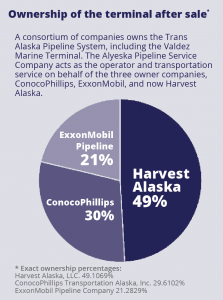The Council held its annual Board meeting in Valdez, Alaska, on May 6-7, 2021. Among other business, the Board convened to elect officers who will serve from May 2021 to May 2022.
The elected executive committee is comprised of:
- President: Robert Archibald, representing the City of Homer
- Vice President: Amanda Bauer, representing the City of Valdez
- Treasurer: Wayne Donaldson, representing the City of Kodiak
- Secretary: Bob Shavelson, representing the Oil Spill Region Environmental Coalition
- Three Members-at-Large:
- Ben Cutrell, representing Chugach Alaska Corporation
- Robert Beedle, representing the City of Cordova
- Rebecca Skinner, representing the Kodiak Island Borough
“The Council’s work has never been more important,” said Archibald. “It is crucial we not forget the reasons that lead to the creation of this organization and continue to work together to maintain the record of safe, efficient transportation of crude oil through Prince William Sound. Memories of the Exxon Valdez oil spill run deep in our minds. Not since regulations were put in place as the result of that spill has the state been so challenged in maintaining these high standards. I am honored to lead our Board for another year as advocates of this mission. Citizen oversight remains a key component to maintaining robust spill prevention and response systems and benefits everyone – citizens, industry, and regulators alike.”
The Council is grateful to have the support of its many volunteers from all over the Exxon Valdez oil spill region. The new executive committee is an excellent representation of the Council.
New members join Board of Directors
At its May meeting, the Board seated four new members:
- Angela Totemoff replaced Roy Totemoff as the representative of the community of Tatitlek
- Patrick Domitrovich replaced Rob Chadwell as the representative of the City of Seward
- Nick Crump replaced Thane Miller as the representative of the Prince William Sound Aquaculture Corporation
- Elijah Jackson filled a vacant seat representing the Kodiak Village Mayors Association
News release (PDF):


